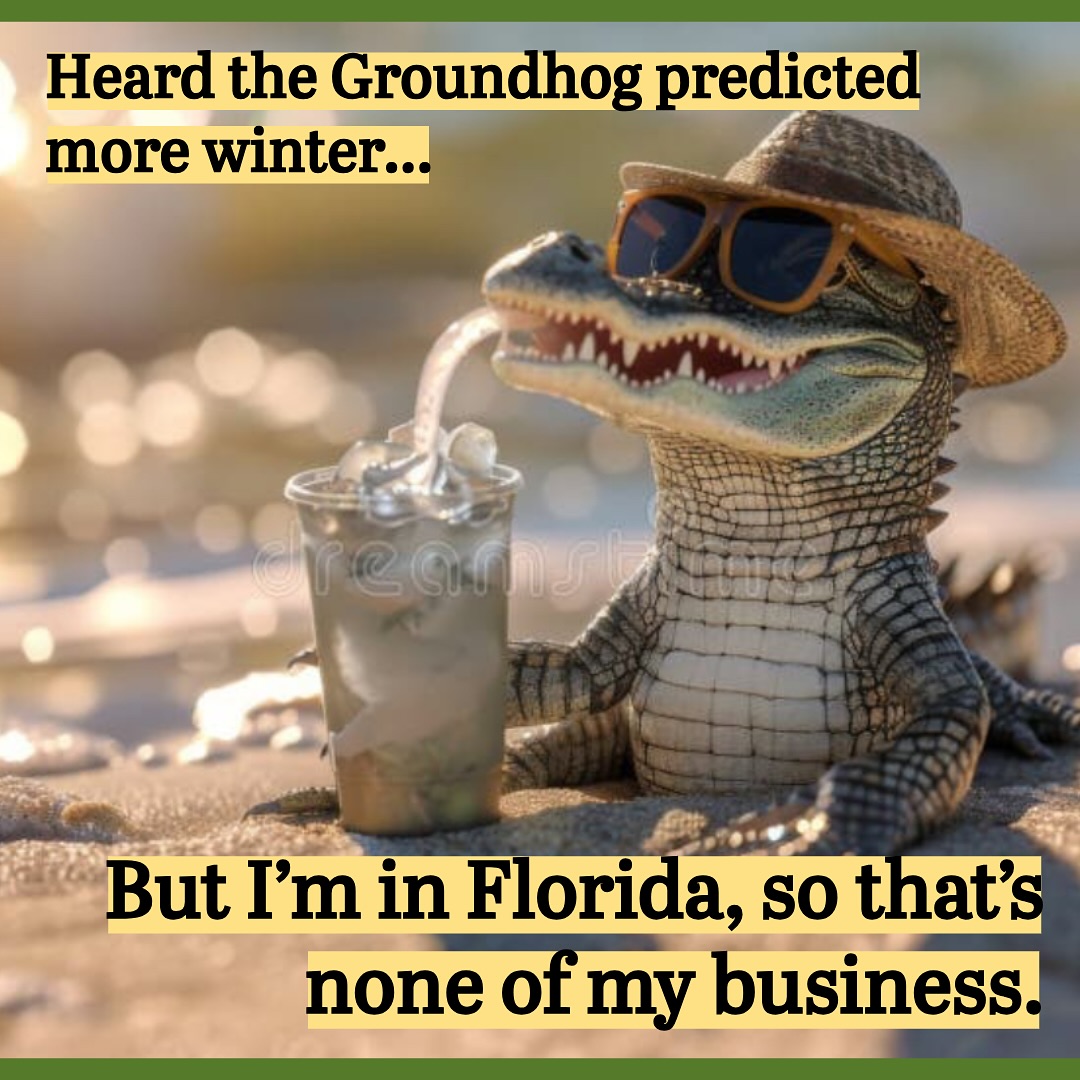- The historical and cultural significance of Groundhog Day and its roots in folklore.
- The biological and ecological characteristics of the groundhog, including its hibernation patterns.
- The role of zoos in educating the public about wildlife and how they manage groundhogs.
- The importance of wildlife conservation efforts related to groundhogs and other species.
- How community participation in events like Groundhog Day fosters a connection with nature and encourages conservation advocacy.
Groundhog Day is a unique cultural event celebrated primarily in the United States and Canada, its roots deeply embedded in folklore. Traditionally observed on February 2nd, it is the day when groundhogs, or woodchucks, are said to emerge from their hibernation burrows to predict the weather. The belief goes that if the groundhog sees its shadow due to clear weather, it will retreat into its den and winter will persist for another six weeks. If no shadow is seen due to cloudy skies, then spring is on its way. This light-hearted weather prediction holds a special place in hearts around the world, offering a glimpse into how our ancestors interpreted and interacted with nature.
Groundhog Day’s origins trace back to the ancient Christian tradition of Candlemas Day, with ties to early European weather lore. Germans who settled in Pennsylvania carried the custom across the Atlantic, substituting hedgehogs with groundhogs, native to North America, due to their abundance. Over time, this tradition evolved from simple observance to full-blown celebrations, particularly in Punxsutawney, Pennsylvania, famously involving a groundhog named Punxsutawney Phil.
While the folklore surrounding Groundhog Day is charming, the animal at the center of it all provides its own intrigue. Scientifically known as Marmota monax, the groundhog is a member of the squirrel family, Sciuridae. They are one of the largest species of ground squirrels, weighing between 13 and 15 pounds. Groundhogs exhibit remarkable hibernation behavior, a critical survival mechanism in cold climates. From late autumn to early spring, groundhogs enter a deep hibernative state, during which their metabolic rate drops significantly, reducing their need for food and energy.
In preparing for winter months, groundhogs accumulate significant fat reserves during the warmer seasons, which they rely on while hibernating. As obligate hibernators, these animals undergo physiological changes such as lowered heart rate and body temperature. Understanding these adaptations is crucial not only for scientific curiosity but also for conservation efforts, as it highlights the importance of habitats that support groundhogs’ seasonal needs.
Zoos around the country play an essential role in educating the public about wildlife, including creatures like the groundhog. These institutions provide a controlled environment to study and understand the behavior and biology of such species. Zoo personnel are adept at simulating natural habitats, ensuring groundhogs and similar species exhibit their natural behaviors. This hands-on learning opportunity is invaluable in raising awareness and fostering appreciation for varied forms of wildlife.
Moreover, zoos often partake in scientific research, contributing to broader wildlife conservation efforts. For groundhogs, this could mean studying their hibernation patterns and the impacts of environmental changes on their life cycles. Insights gained through zoo-based research can inform strategies to preserve habitats, ensuring that these animals can thrive both in the wild and in captivity.
Conservation extends beyond the confines of zoos, involving numerous organizations focused on protecting animals and their ecosystems. Groundhogs, while widespread and not currently endangered, are indicators of environmental quality, particularly soil health. Conservation programs emphasize habitat preservation, necessitating efforts to maintain open fields and forests, which are essential for groundhog survival. These initiatives underscore the interconnectedness of species and the ecosystems they inhabit, emphasizing holistic approaches for wildlife management.
Public engagement plays a pivotal role in promulgating conservation ideals. Events like Groundhog Day provide a platform for community participation, transforming an ancient custom into a modern-day celebration of nature. These gatherings ignite interest in local wildlife, sparking curiosity and a sense of responsibility toward ecological stewardship.
Such festivities are now evolving to include educational components. Participants learn how individual actions, such as reducing carbon footprints or supporting local wildlife habitats, contribute to broader conservation goals. By attending these events, communities not only enjoy the traditions but also gain insight into the relevance of species like the groundhog in maintaining ecological balance.
Groundhog Day represents more than a midwinter spectacle; it symbolizes the deep connections between folklore, science, and conservation. Through the lens of this tradition, we acknowledge the profound role animals play in our cultural and environmental landscapes. By celebrating Groundhog Day, we remind ourselves of the continual need to protect and understand our natural world, inviting a collective effort towards conservation and biological appreciation.
Understanding the nuances of this beloved event fosters greater empathy and respect for nature. As Groundhog Day approaches, we embrace the anticipation of spring and beyond, cherishing the relationship we share with these remarkable creatures and their habitats. Whether predicting the weather or simply marking the passage of the season, the groundhog remains an enduring symbol of the harmony between humanity and the environment. Remember, by leaving sunny emojis in the comments, we continue to affirm our hope for warmer days, always nurturing the spirit of conservation that Groundhog Day encourages.
*****
Source Description
Happy Groundhog’s Day! ❄️ We reject winter and welcome the warm sunny days to come! ☀️😎 Do you agree? Leave ☀️ sunny emojis in the comments.


